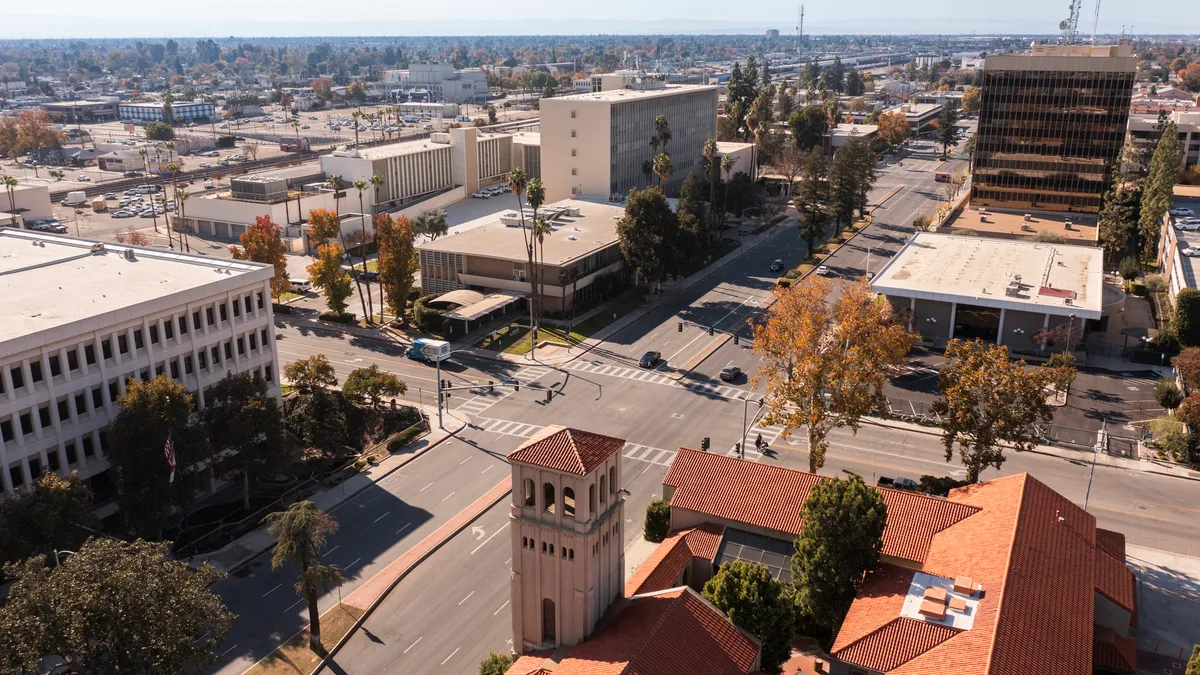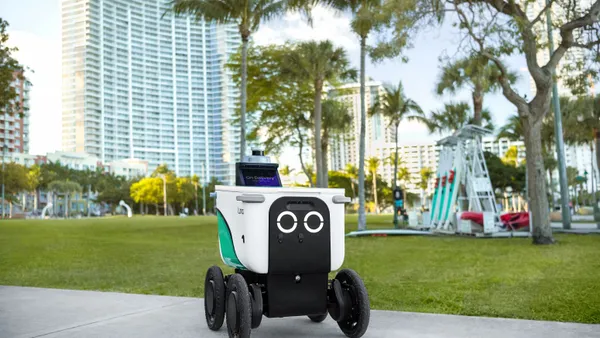Dive Brief:
- Researchers at Stanford University have designed a camera that builds artificial intelligence (AI) directly into the optic system, meaning it can identify objects faster and with less computing power. The camera could reduce the computing power necessary for autonomous vehicles (AVs) and make them run more efficiently.
- The camera uses an optical computer, which preprocesses image data rather than having an electronic computer do it mathematically. That saves time and energy that would normally be done by a bulky on-board computer, or as graduate student Julie Chang put it in a press statement: "We’ve outsourced some of the math of artificial intelligence into the optics."
- Besides its use in AVs, Stanford says the system could eventually be shrunk to fit in a handheld device or drone, enhancing the AI capabilities of more devices by reducing the computing needs.
Dive Insight:
For as much hype there is around autonomous vehicles, the technology still remains a ways off. Gordon Wetzstein, assistant professor of electrical engineering at Stanford and leader of the research team, said in a statement that an AV today has "a relatively huge, relatively slow, energy intensive computer in its trunk." To make the cars cheaper, more efficient and safer, AI technology has to improve to be able to quickly detect and react to objects, so the AI camera can help make the process less cumbersome.
In tests, the Stanford prototype was able to identify airplanes, automobiles, cats and dogs with natural image settings, and was able to do so in times that rivaled electronic-only computing processors. The tests also ran with less computational cost, meaning they would be more efficient in a real-life scenario, cutting down on the power needed in an AV system.
Companies are working hard to improve the AI and visual systems for their cars, especially to address safety concerns following AV accidents. Other companies are investing heavily in LiDAR, or laser detection technology, to better sense surroundings in 3D. Imaging and processing will be key to making AVs work well enough to supplant human drivers.











